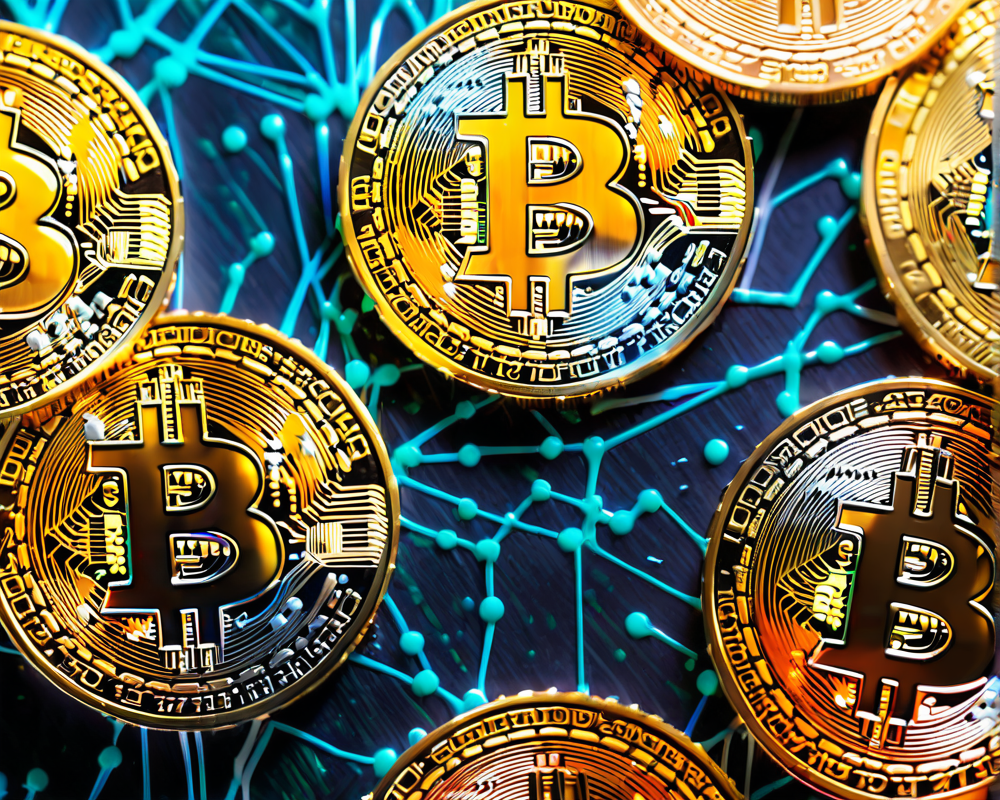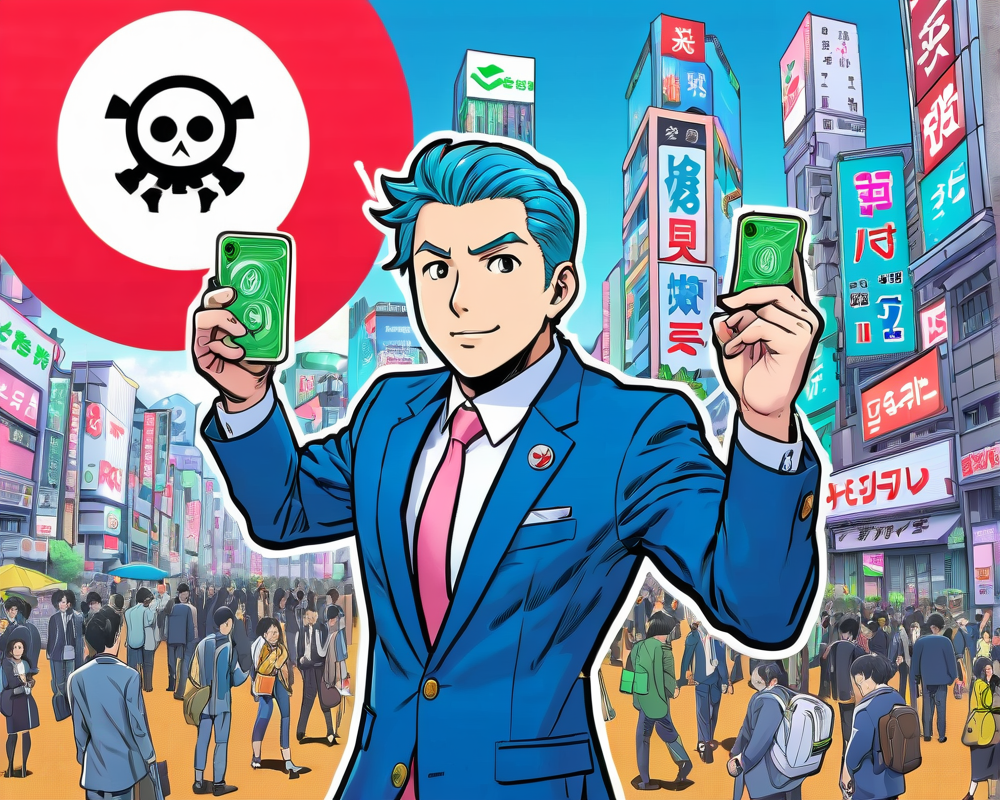Stanford’s Generous Contributions from FTX
In a surprising turn of events, Stanford University has decided to return the $5.5 million it received from the infamous cryptocurrency exchange FTX, which has since collapsed into oblivion. This sum was donated between November 2021 and May 2022, primarily directed towards pandemic-related research and prevention. Who knew crypto could be this predictable?
Legal Drama Unfolds
According to a recent report from Bloomberg, the university’s commitment to refund the funds comes amidst swirling legal battles. Stanford has been in discussions with attorneys for the FTX debtors, signalling a cautious yet responsible approach to dealing with funds now linked to controversy. After all, who wants to be associated with a sinking ship?
Family Ties and Ethical Questions
The ties between Stanford and FTX run deeper than just financial transactions. The parents of former FTX CEO Sam Bankman-Fried—Alan Bankman and Barbara Fried—are esteemed legal scholars at Stanford Law School. However, this connection complicates matters as they face allegations of misappropriating funds from the exchange. Some lawyers joke that if family dinners weren’t awkward before, they’re really a minefield now!
The Rise and Fall of SBF
As FTX crumbled, so too did the reputation of its leader, Sam Bankman-Fried. Allegations against his parents suggest they “enriched themselves” while the exchange was crashing and burning. In fact, court documents reveal Alan was expecting a salary hike from $200,000 to a cool $1 million. Talk about the family business going off the rails!
Future Trials and Tribulations
As if things weren’t spicy enough, SBF’s legal team recently made a case for his early release from jail to prepare for his upcoming trial. However, it seems the court is not buying it. One judge mentioned that the argument for First Amendment rights has “no play anymore,” especially given SBF’s alleged attempts to intimidate potential witnesses. How’s that for a plot twist?
Preserving History in the Crypto Space
In this chaotic world of cryptocurrency and courtroom shenanigans, one might consider collecting articles like this as an NFT. It could serve as a time capsule of our digital age, preserving independent journalism while documenting the rollercoaster of events in the crypto space. Who knew history could be so… volatile?




